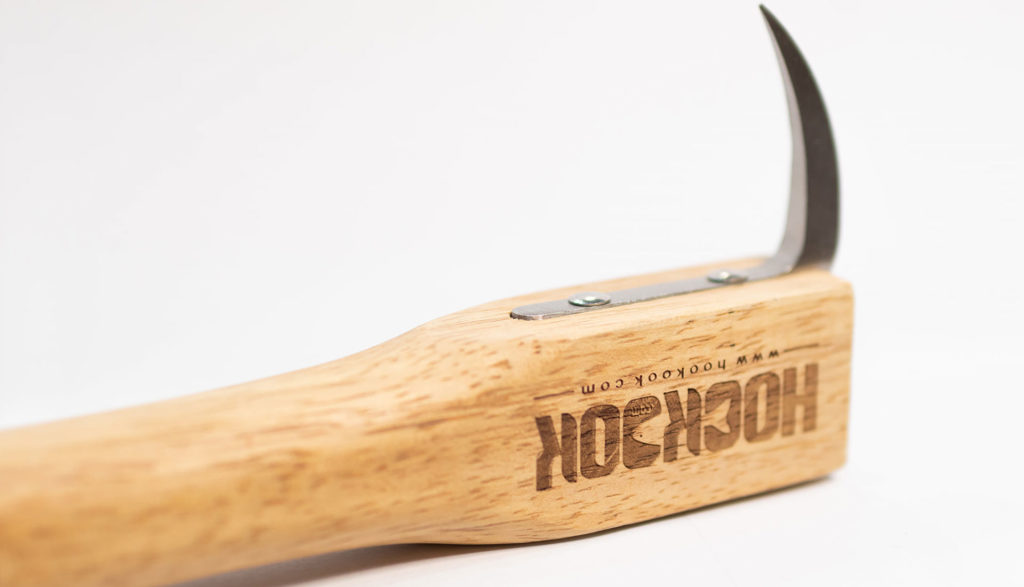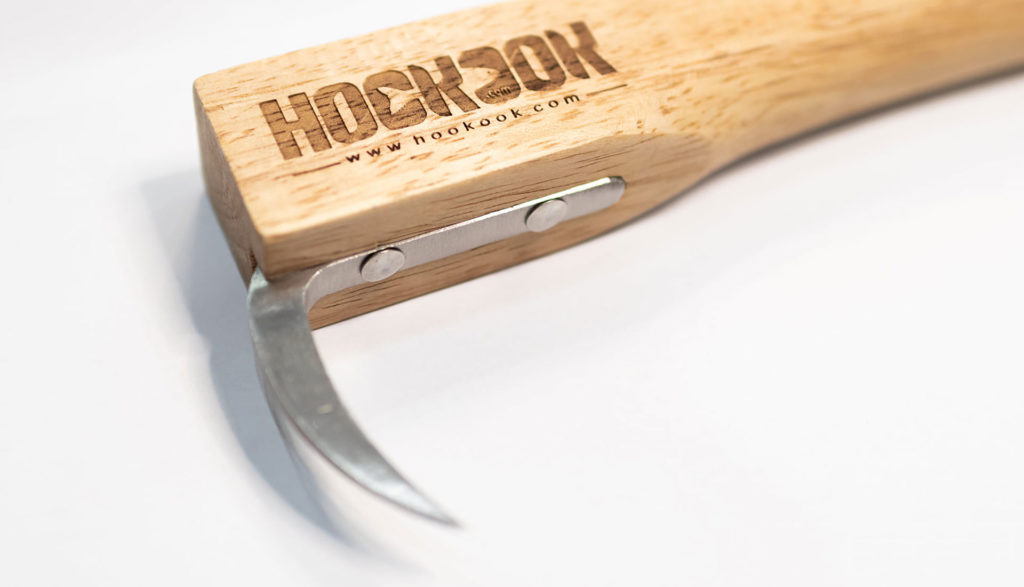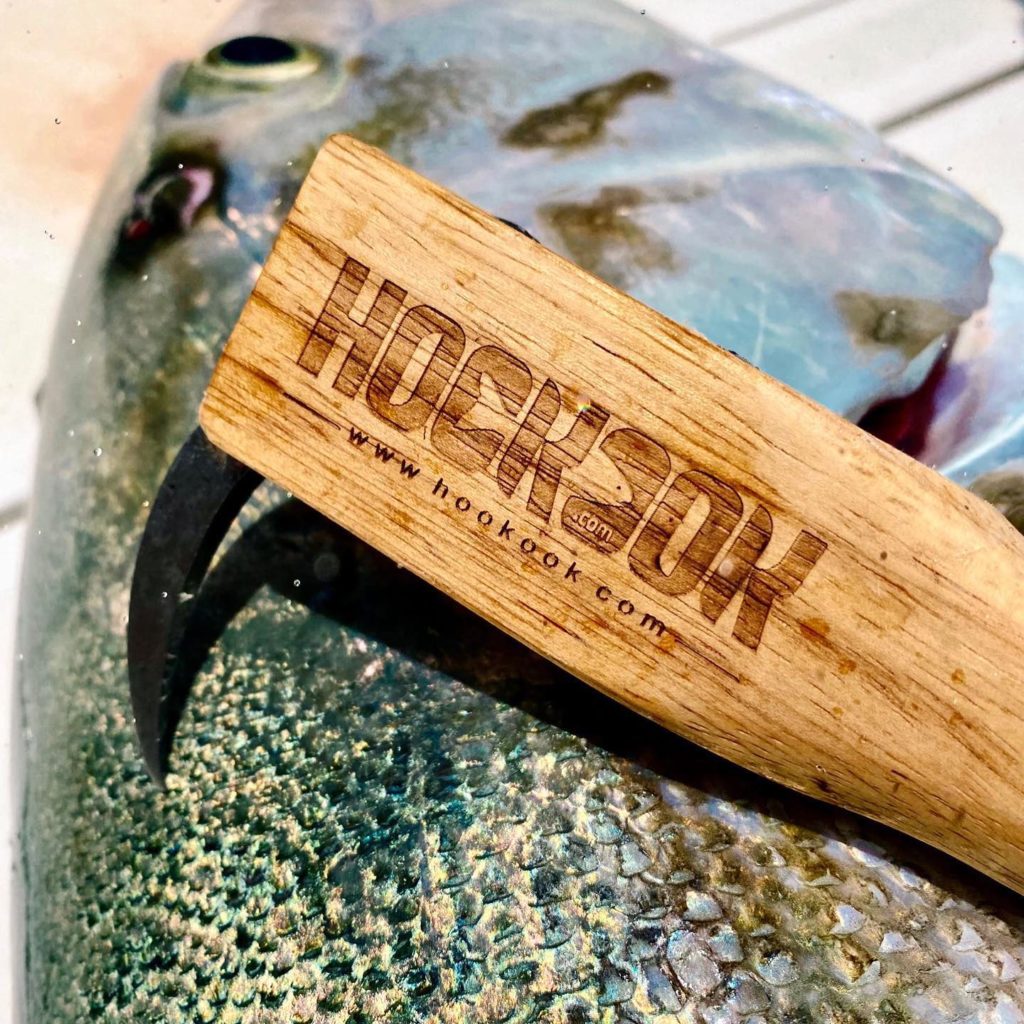Ikejime tegaki tool : to kill fish without suffering
Ikejime tool: should we say Tegaki or Tekagi?
These two Japanese words used in the ikejime and shinkeijime techniques designate one and the same thing. Whether it is called Tegaki, or Tekagi, these words are both used in Japan differently depending on the region to designate the hook-shaped ikejime tool, which will allow the fish to be slaughtered without suffering.
Tegaki means “hook” or “claw”, it is the ikejime tool used for centuries in the shinkeijime technique by expert fishmongers to sacrifice fish without stress or suffering, and improve its flesh to reach its ultimate level: quality sashimi”.
The tegaki comes with two other essential tools to make a perfect ikejime, a shinkeijime wire :
https://hookook.com/en/seikijime-needles/
to destroy the spinal cord,
as well as a knife to practice bleeding.
A very successful design:
Its traditional shape was designed to immediately kill fish without causing them pain. This element is central to the shinkeijime technique.
The progressiveness of its tip allows it to quickly penetrate the skull of even the toughest fish, destroying the brain and extinguishing consciousness, in the fastest and least stressful way possible. while reducing the risk of injury to the operator. It is the most humane and ancestral slaughter technique, the only one that avoids stress, agony, suffocation and suffering for the fish.
the two ways to use a tegaki in ikejime:
Tegaki can be used in several ways:
Either by placing the fish on the side, it is used by perforating the skull behind and above the eye.
Or you can place your tip between the two eyes, which will then facilitate the passage of the shinkeijime cable, which has the function of destroying the spinal cord.
Different variants:
There are two forms of Tegaki:
The traditional tekagi whose point is in the shape of a hook, triangular section, rounded and progressive angle.
Straight-point, dagger-shaped or awl-shaped models, which are a contemporary version of the tool.
Tegaki, ikejime tools also used in other contexts:
Fishmongers are not the only ones to use these tools, dockers also use it in Japan as a handling hook.
Its handle sometimes has the traditional shape of an “elephant’s foot”. It will then be used by striking in a very rapid movement to be reserved for experts.
Climbing or fighting claws are also referred to by the Japanese word Tegaki.



